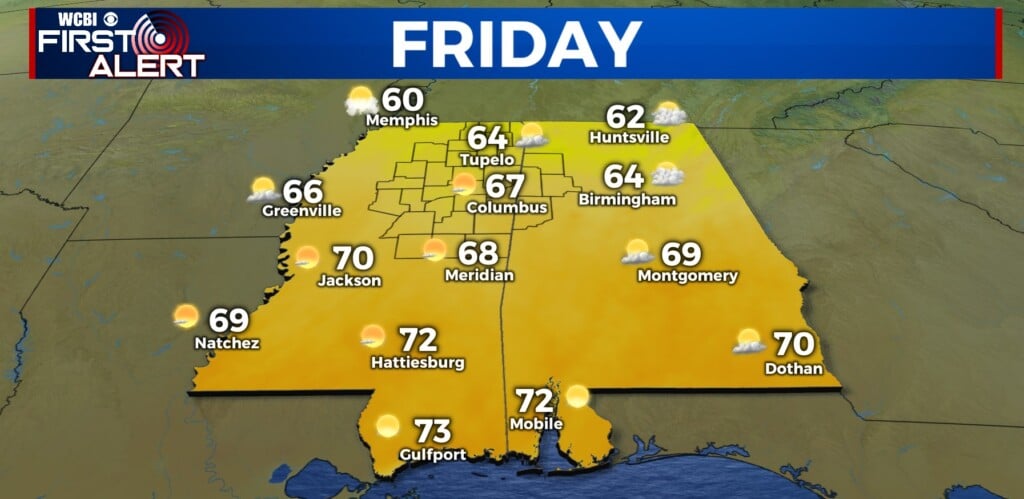College Board Likely to Approve Tuition Hikes
By Jeff Amy
Associated Press
JACKSON – Mississippi’s two largest universities could increase tuition by 5 percent a year over the next two years, while three smaller universities could hold tuition flat, according to a plan a College Board committee considered Wednesday.
While the board is likely to vote on the plan Thursday, rules require a second vote after 30 days. That means increases can’t become final until after the board meets in November.
Average in-state tuition would rise 2.8 percent to $6,509 in 2014-2015, including mandatory facility fees, under the proposal. In 2015-2016, average tuition would rise 3 percent to $6,703.
The plans would push tuition above $7,000 a year at the University of Mississippi, Mississippi State University, and the University of Southern Mississippi. Both Ole Miss and MSU plan increases of roughly 5 percent a year, while USM proposes a pair of 3.5 percent increases.
“We continue to find the balance between fairness to our students and their families and the resources the university needs to provide a quality educational experience,” said Ole Miss Chancellor Dan Jones.
Ole Miss and other schools have been using tuition increases to generate money for faculty raises.
Delta State University, Mississippi Valley State University and Mississippi University for Women plan to hold prices flat. MUW President Jim Borsig said many students at the Columbus institution are the first in their families to attend college and are older than traditional students. He also said that limits on federal Pell Grants for poorer students have made it harder to come up with the money for school.
“Price matters to our students,” Borsig said.
Alcorn State University and Jackson State University would also increase tuition, but by smaller percentages than Ole Miss and MSU.
Higher Education Commissioner Hank Bounds implemented the two-year schedule to reduce uncertainty.
“The real value of this is planning, whether it’s for campuses or students or prospective students,” he said.
The College Board got a modest increase in legislative appropriations as part of a new funding formula aimed at rewarding universities where students complete more classes. The board is seeking an additional $20 million for the 2015 budget, which the Legislature will write early next year. That would boost state spending on university operations to $272 million in 2015, about what universities received in the 2010 budget year before state funding cuts. Bounds said if much more or much less money was appropriated, university presidents would probably revisit their proposals.
Most students don’t pay the sticker price, thanks to federal, state and college-based aid. According to Southern Regional Education Board figures, scholarship and grant aid covered about a third of all the costs of attending a public university in Mississippi in 2010-2011, once tuition, room, board, books and other expenses are totaled.
Still, increasing college costs are far outstripping stagnant family incomes. In-state tuition has gone up more than 50 percent since the fall of 2004, while household incomes have been flat in Mississippi. It now takes about 12 percent of the typical Mississippi family’s income to pay for one year of college at a state university, not counting room, board or other costs.
As costs outstrip family incomes, more students are borrowing to pay for school. More than half of students at the state’s eight public universities had federally financed student debt in 2011, with the average student borrowing more than $6,000. The numbers are higher at some schools. Federal figures show 90 percent of Mississippi Valley State University undergraduates had loans in 2011, owing an average of more than $7,800.





Leave a Reply